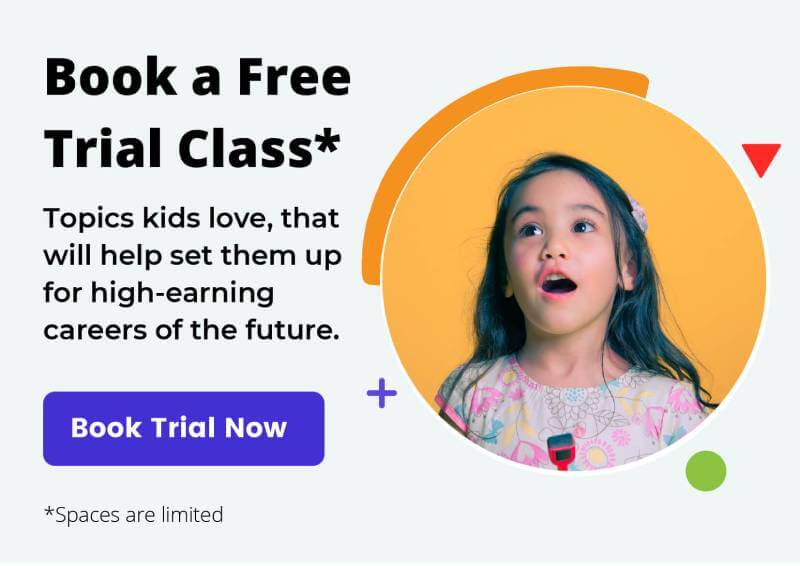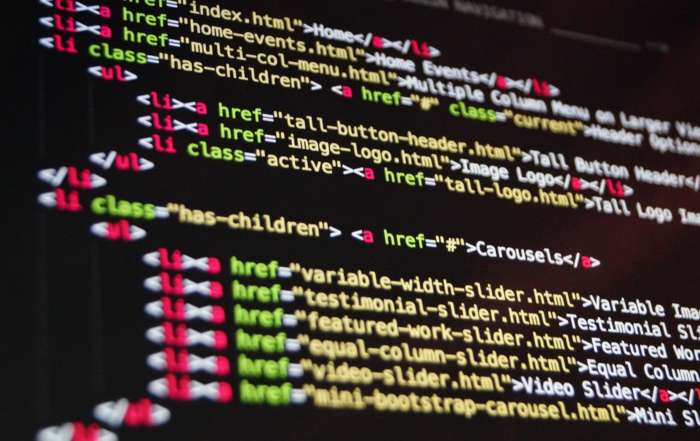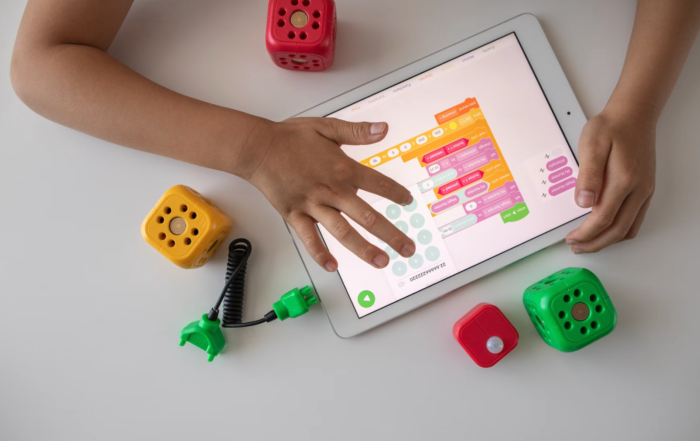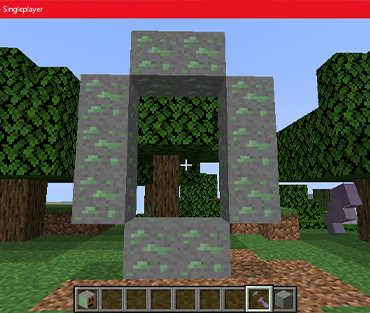Navigating the coding world can be difficult, even as an adult. Where do you start? What coding languages do you learn? Can kids be too young or too old to learn coding or other digital technologies? Coding and digital media are becoming more interwoven with our day-to-day lives, from the home, to work to school. Learning STEM (science, technology, engineering and mathematics) is important to successful development in many areas of life.
It is never too early or too late to learn something. The mind is always changing and adaptable. If you set your mind to it, you might just accomplish it. Kids and toddlers are especially adept at learning. Before 5 years old, kids make 700 neural connections per second! This is a great time to get kids involved with coding and 21st century skills.
There are coding activities for all ages.
What you can do foster a STEM learning environment at any age:
Toddler (<5 years old):
Developmental capabilities: Kids at this age are learning basic motor skills. Exploring their world physically is important to their growth. Close emotional regulation is also needed. The parents’ roles here are critical, as they are their primary teachers.
Suggested coding activities: Try different physical games and toys. Although kids are not coding on a computer, they will be learning about design and logic. Simple blocks and Lego are beneficial. There are even many pre-made robots kids can tinker with. This will build their comfortability with using technology.
Kids 5-6 years old:
Developmental capabilities: Kids 5 to 6 know simple reading and math. They have basic motor skills and are developing critical thinking skills. They will undergo more emotional, social and intellectual changes than before. Many kids have played on tablets or may have started to type.
Suggested coding activities: You can start introducing kids to more advanced pre-made robotics, tablets, apps and digital toys. Some kids may be comfortable with computers as well! This is a good age to start kids on more common technologies used for STEM and coding. Dash is a great robotic toy. Kids can use it to learn to code without all that finicky typing or spelling. On Scratch Jr, kids can create their own video games. Kids use colour-coded blocks to code. Scratch teaches kids logic, design, basic coding terms, effective communication and algorithmic thinking. Check out more coding resources on Code.org too.
7-12 years old:
Developmental capabilities: Kids at this age are well-versed in typing and reading. They are now more independent. They like to think creatively and problem-solve. Embrace activities that will give them responsibility. This will help them develop their self-discipline.
Suggested coding activities: Scratch is a perfect program for this age group. Kids can explore more advanced functions of creating a video game. This is a good transition time for kids to move to Java and C coding. Try Arduino robotics, Dash and Code Monkey Island. Kids will grasp key coding concepts like Boolean logic, looping and conditional statements.
Teens (13-18 years old):
Developmental capabilities: Teens enjoy independent thinking and learning. There is more weight on social relationships, future careers and post-secondary education. Having challenging activities that enable them to express themselves will help them stay engaged.
Suggested activities: Kids can start to transition from drag-and-drop code to text-based coding. Activities like coding apps, websites and 3D games will challenge them. Look for programs that allow teens to interact with other like-minded peers. This will encourage them to hone their social skills and create their own community.
Varied coding activities and a challenging learning environment help kids develop in the long-run. Kids with quality early education are more likely to show improved reading skills and math skills. They even stay in school longer. Are you ready to learn coding, robotics or Minecraft? Try one of our classes!
Bonus! See below for why it is important to teach kids to code. It is not all technical!

Also Read
How Coding Classes Can Lead to a Career in Coding
Often, children are asked the question, what do you
Digital Creativity Unleashed: Coding as a Creative Outlet for Kids
When children learn to code, they’re not only learning
Unlocking Creativity: How Minecraft Can Foster Imagination and Innovation in the Classroom
Many people think of Minecraft as just a game









